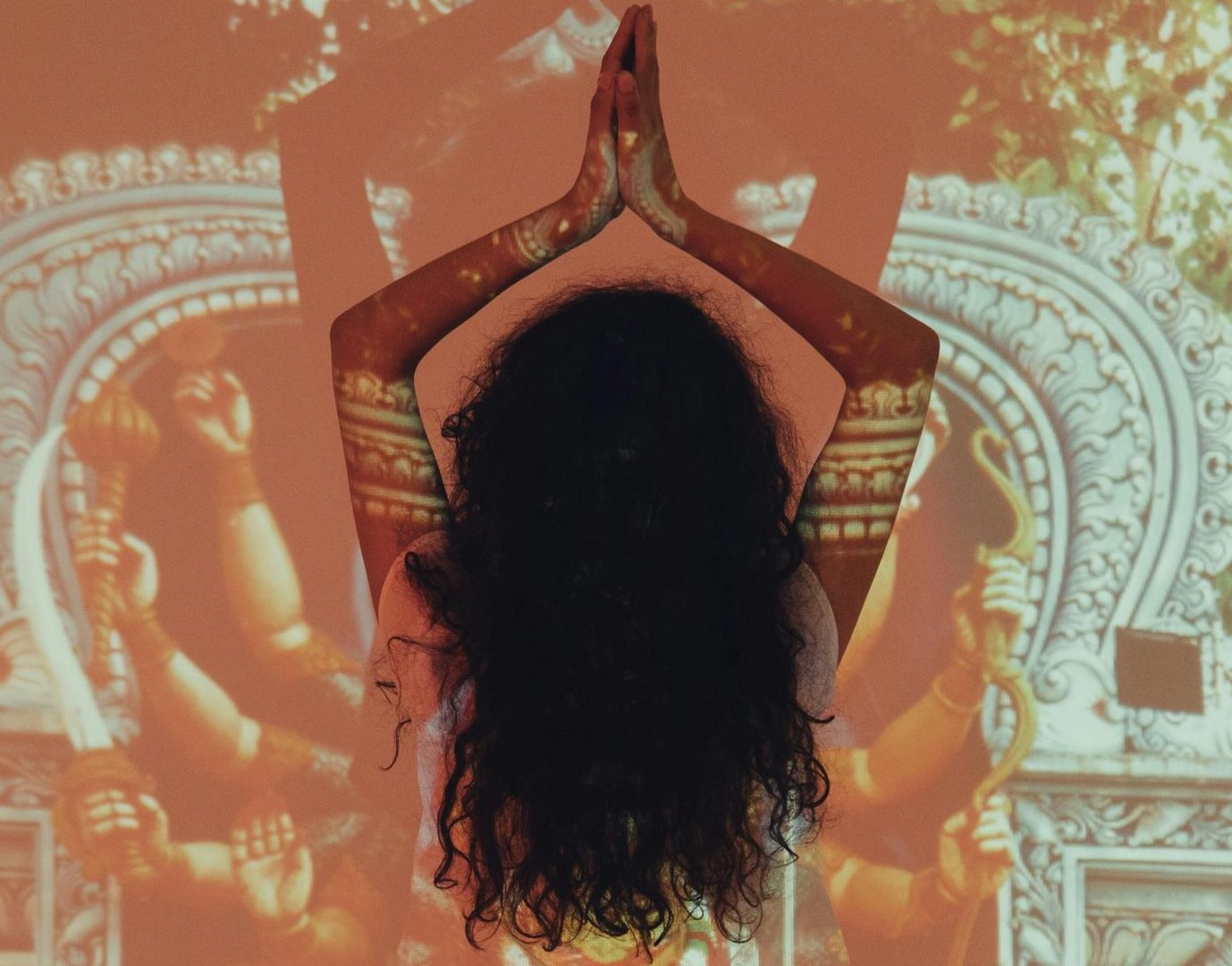Advaitism

Our Location
Mayur Vihar, New Delhi

Make a Call
7827882058

Email Us
info@advaitism.org

Mayur Vihar, New Delhi

7827882058

info@advaitism.org

At the heart of Advaita Vedānta, one of India’s most profound philosophies, lies a simple yet revolutionary truth: Atman is Brahman. This teaching is the very soul of Advaitism, unlocking the mystery of existence and dissolving the illusion of separation.
But what does it really mean? Let’s explore.
In everyday life, we identify with our name, body, and mind. But Advaita teaches that these are temporary layers. The Atman is the innermost Self—pure consciousness beyond the body, senses, and thoughts.
Atman is:
Brahman is the ultimate reality—infinite, timeless, and formless. It is not a “god” in the limited sense but the very ground of existence. All worlds, beings, and energies arise from Brahman, yet Brahman itself remains unchanging.
Brahman is:
The Upanishads declare:
“Tat Tvam Asi” – That Thou Art.
This means the Self (Atman) within you is not different from the infinite Brahman. The wave and the ocean are not separate—the wave is the ocean in a particular form.
The illusion is believing “I am only this body and mind.” The truth is realizing “I am pure consciousness, one with the infinite.”
The reason we fail to recognize this oneness is Maya, the power of illusion. Maya makes us see separation where there is none—subject and object, self and other, life and death. Like mistaking a rope for a snake in dim light, we mistake the limited self for the ultimate truth.
Advaita doesn’t ask you to blindly believe—it asks you to realize. The process includes:
As ignorance dissolves, the seeker awakens to the truth: the self and the absolute are one and the same.
When you realize Atman is Brahman:
This is moksha—liberation from ignorance and suffering.
“Atman is Brahman” is not just a philosophy—it is an awakening to the deepest truth of existence. Beneath the layers of identity and illusion, your Self is not small or limited—it is infinite, timeless, and one with the whole cosmos.
Realizing this is the essence of Advaitism: the end of separation, the dawn of oneness, and the discovery of eternal freedom.
Leave a Reply